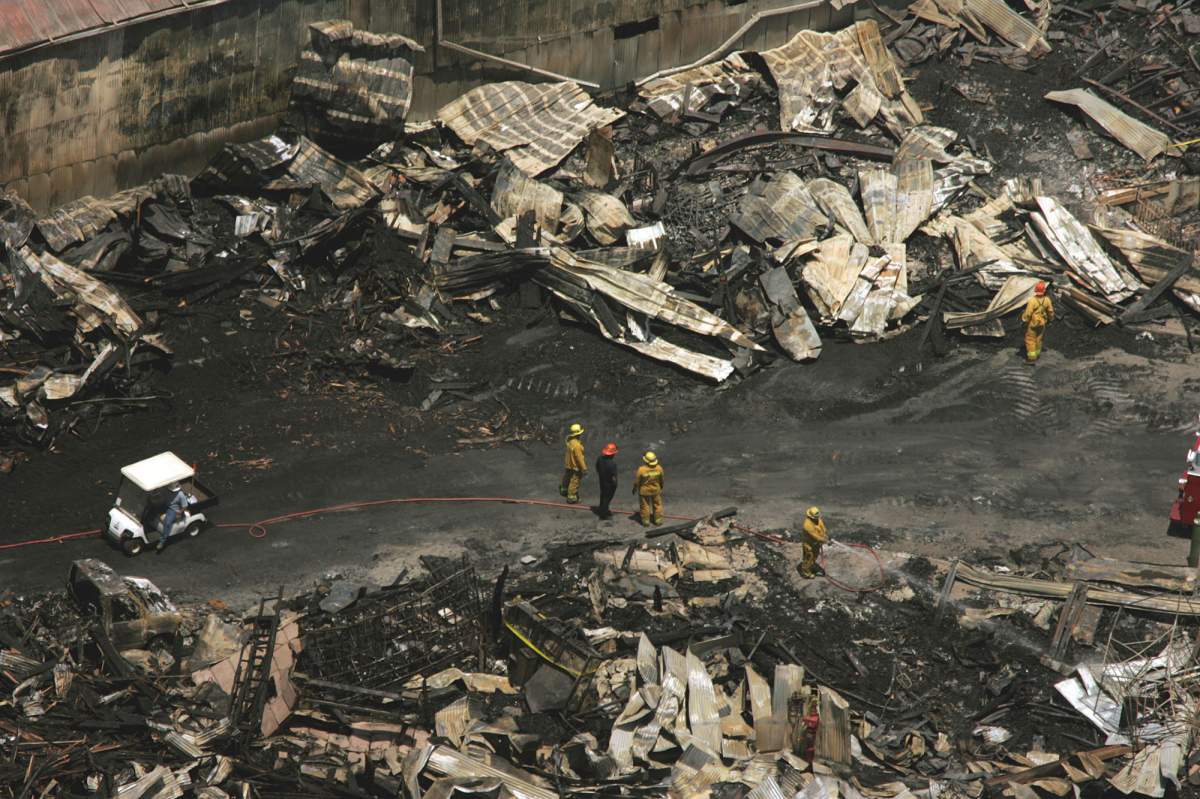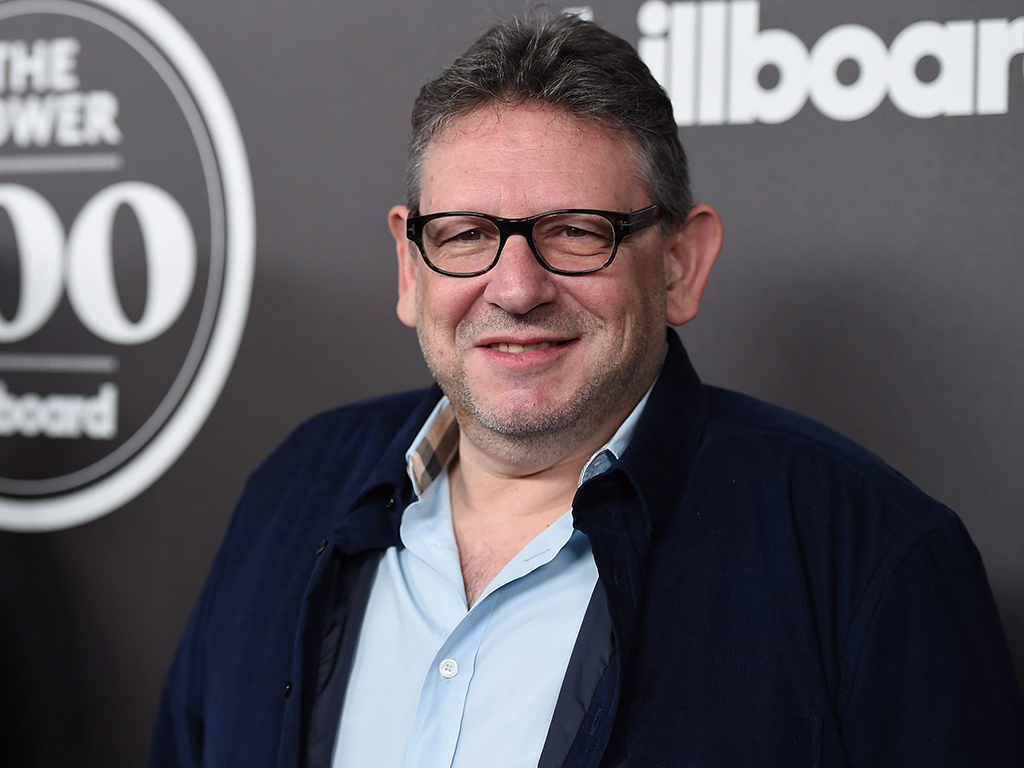Only two weeks after publishing a viral investigation piece on the fire that swept the Universal Studios Hollywood backlot in June of 2008, the New York Times has added onto the controversy.

Initially, it was reported that more than 500,000 archived master audio recordings were lost in the blaze, including original tapes dating back to the 1920s. That also included music from Elton John, Nirvana, No Doubt, Nine Inch Nails and Snoop Dog, just to name a few.
Universal Music Group (UMG) supposedly hid this information from the potentially affected musicians for more than 11 years, reported the New York Times, and as a result, they are being sued by a group of attorneys in a class-action lawsuit.
As a follow-up, the NYT added more than 700 additional musicians to the already lengthy index in a brand new article published on Tuesday.
The new list named: Bryan Adams, Blink-182, Weezer, The Who, Neil Young, The Damned, Primus, Temple of the Dog, Dolly Parton, Boston and Peggy Lee among many, many others.
The updated information was supposedly pulled from UMG’s “Project Phoenix” files. According to Pitchfork, the mammoth label put the entire list together in 2010, in an effort to locate and recover some of the lost/destroyed recordings.

Get daily National news
READ MORE: Universal Music fire: Soundgarden, Tupac Shakur estate and others file class-action lawsuit
The lawsuit was filed last Friday by representatives of Soundgarden, Hole, singer/songwriter Steve Earle, the estate of Tupac Shakur and the late-Tom Petty‘s ex-wife, Jane.
The plaintiffs are seeking “50% of any settlement proceeds and insurance payments received by UMG for the loss of the master recordings, and 50% of any remaining loss of value not compensated by such settlement proceeds and insurance payments,” as reported by Variety.
In the legal document, UMG was accused of negligence for not doing enough to prevent the spread of the fire while also hiding the extent of the damage from artists whose music was supposedly destroyed.
The suit added: “UMG did not speak up immediately or even ever inform its recording artists that the master recordings embodying their musical works were destroyed.”
READ MORE: Jack White talks The Raconteurs’ ‘Help Us Stranger,’ phone-free shows and playing in Canada
According to Rolling Stone, Lucian Grainge, CEO of UMG, recently issued an internal memo telling employees of the company to be transparent with artists about the controversial fire.
“Let me be clear: we owe our artists transparency,” wrote Grainge in the supposed email. “We owe them answers.”
“I will ensure that the senior management of this company, starting with me, owns this,” he concluded.
Global News reached out to UMG on Wednesday. As of this writing, they have not yet made comment.
Since the original NYT article was published, a wide variety of artists have claimed that they were unaware of their losses for years and that UMG had never notified them.
Among them were R.E.M., Nirvana’s Krist Novoselic, Questlove and Sheryl Crow.
READ MORE: No Doubt, R.E.M., Hole and others respond to music destruction in Universal Studios fire
“Oh my Lord,” Crow wrote on Twitter, “this makes me sick to my stomach.”
In a recent interview with the BBC, Crow, 57, claimed that all of her master tapes were destroyed in the Los Angeles, Calif., fire. “It absolutely grieves me,” she said. “It feels a little apocalyptic.”
Oh my Lord…this makes me sick to my stomach. Why???? …and shame on those involved in the coverup.
Massive fire at UMG 11 years ago, and we’re just hearing about this now??https://t.co/ifpVnNnPhp
— Sheryl Crow (@SherylCrow) June 12, 2019
From the launch of her career to 2010, the All I Wanna Do singer was signed with A&M Records, a subsidiary of UMG. By the time the Hollywood Studios backlot was engulfed in flames, Crow had released six American Top 10 studio albums.
“I can’t understand, first and foremost, how you could store anything in a vault that didn’t have sprinklers,” she added. “And secondly, I can’t understand how you could make [back-ups] and have them in the same vault.”
“What’s the point?” she asked in conclusion.
—
The full list of supposedly affected musicians can be found in the NYT report.











Comments